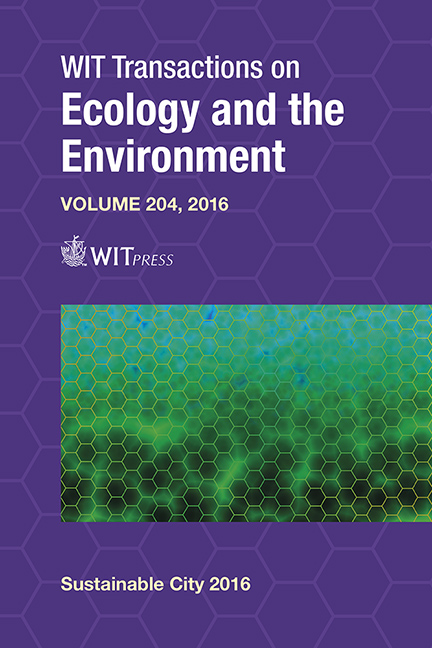Differentiation Of The Assessment Of Identified Risks In The Process Of Preparing And Creating A Municipal Land Plan
Price
Free (open access)
Transaction
Volume
204
Pages
10
Page Range
287 - 296
Published
2016
Size
348 kb
Paper DOI
10.2495/SC160251
Copyright
WIT Press
Author(s)
J. Betáková, R. Zeman, J. Dvorský, T. Pavlenko
Abstract
During land planning activities risks arise, the negative impacts of which can affect the quality of life of residents in a municipality over both the short- and long-term. Territorial planning is therefore of great importance when putting forward relevant proposals and coordinating activities that affect the environment, the cultural-historic values of a territory, territorial development and the creation of a landscape in accordance with the principles of permanently sustainable development. The implementation of risk management, with an emphasis on the objective assessment of identified risks, combined with the use of quantitative methods of mathematical statistics – analysis of variance and the characteristics of the variability of risk assessment – in the process of preparing and creating a land plan for incorporation into strategic area management documents, can substantially increase the security of a territory as a whole. Land planning authorities project specific objectives onto the municipal territory and coordinate the public interest. The results of thorough research show differentiation in the assessment of identified risks according to the number of inhabitants in a municipality by the competent land planning authorities. Through the generalization of the results of a case study, appropriate preventive measures are put forward in the conclusion for incorporation into the land planning documentation of a municipality.
Keywords
assessment, risk, risk management, testing, territorial plan





